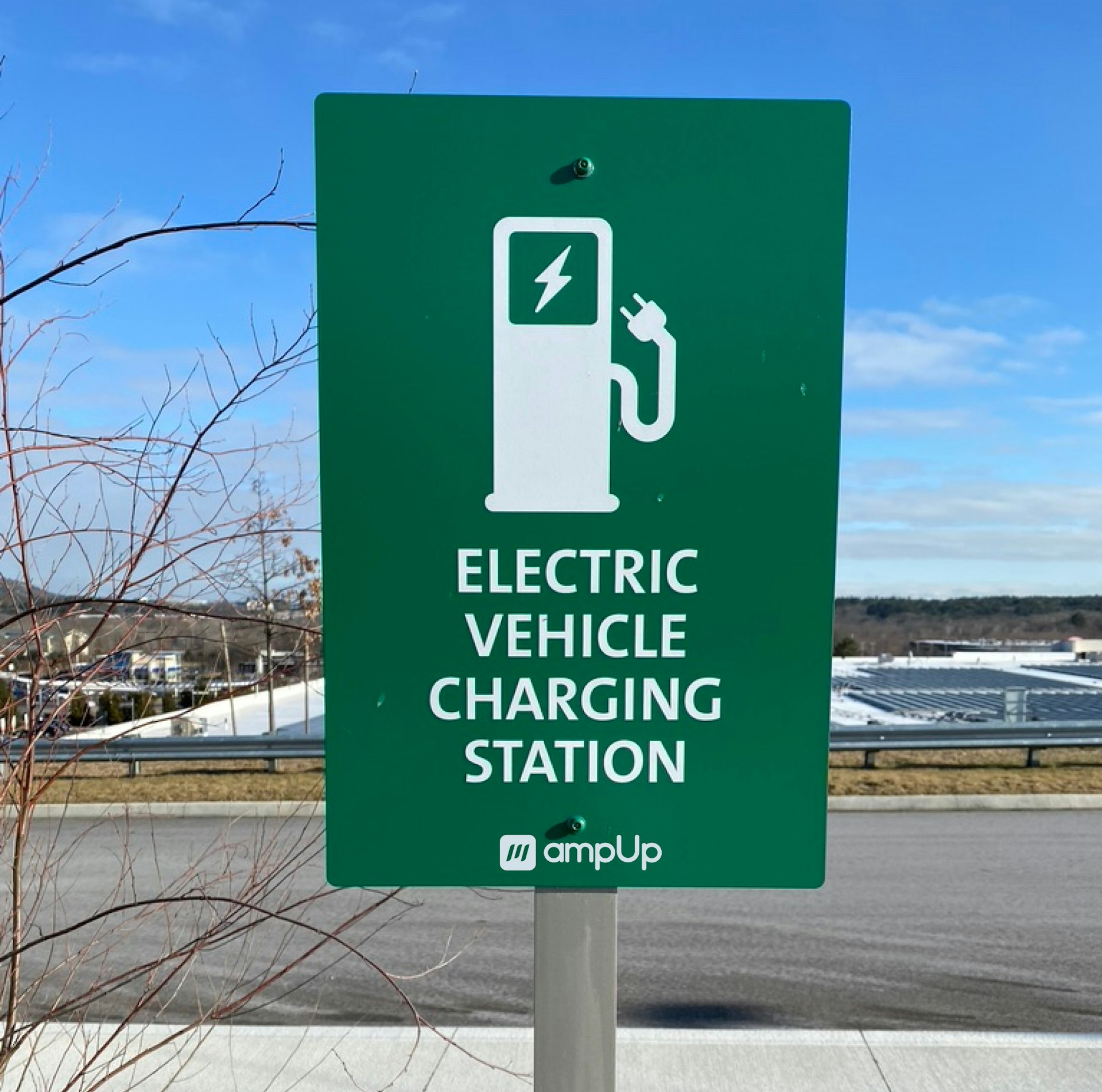Empowering Mobility: Why EV Charging Station Accessibility Matters for Everyone

Photo by Matt Bloom on Unsplash
Introduction
As electric vehicles (EVs) continue to reshape the transportation landscape, the accessibility of charging stations has become a pivotal concern for city planners, businesses, and everyday drivers. True accessibility ensures that all individuals-including those with disabilities, seniors, and families-can efficiently use and benefit from EV infrastructure. This article explores the importance of EV charging station accessibility , providing actionable guidance and verified insights to help stakeholders implement inclusive solutions for sustainable mobility.
Why Accessibility Is Essential in EV Charging
Accessible EV charging stations aren’t just about compliance; they are about creating an inclusive environment that encourages broad EV adoption and supports community sustainability goals. When drivers are confident that charging facilities will meet their needs-regardless of physical ability-they are more likely to choose electric vehicles [1] . This inclusivity is critical for cities aiming to reduce emissions and businesses seeking to attract diverse customers.
Inclusivity Drives Adoption and Economic Growth
Convenient, accessible charging stations lower barriers to entry for EV ownership and signal a community’s commitment to clean energy. This boost in confidence not only accelerates the adoption of EVs but also brings economic benefits to businesses by attracting a wider customer base [1] . Retail establishments, offices, and parking facilities with accessible charging options become more attractive destinations for consumers, especially those with unique mobility needs.
Accessible Design: Meeting the Needs of All Drivers
Designing EV charging stations for accessibility means considering the requirements of people with disabilities, older adults, and families. Key features include wider parking spaces, adjacent access aisles, level ground surfaces, and reachable charger connectors [2] .
Mobility Features and Technical Recommendations
According to the U.S. Access Board, accessible EV chargers should offer:
- Charging spaces at least 11 feet wide and 20 feet long
- Adjoining access aisles at least 5 feet wide
- Clear, level ground for unobstructed side reach
- Accessible operable parts on both the charger and connector
These features enable individuals who use mobility devices to exit, maneuver, and connect their vehicles independently. Since EVs often have varying inlet locations, larger spaces and flexible layouts are recommended [4] .
Accessible Routes and Placement
Charging stations must be connected to an accessible route, as defined by the Americans with Disabilities Act (ADA). This includes walking surfaces, curb ramps, and level access aisles. Charging equipment should be placed to avoid obstruction by cables, bollards, or curbs and must comply with slope criteria similar to designated accessible parking spaces [2] , [4] .
Innovative Approaches to Enhance Accessibility
Modern charging stations are evolving to better serve all users. Two notable innovations include:

Photo by Leo_Visions on Unsplash
- Height-adjustable charging connectors : These allow users to position the connector at a comfortable level, making it easier for wheelchair users and others to plug in their vehicles [3] .
- Remote monitoring and assistance : Integrated technologies enable real-time support for users facing difficulties, allowing customer service representatives to guide them through the charging process [3] .
These features not only benefit individuals with disabilities but also improve the overall charging experience for all drivers, including seniors and parents with strollers [1] .
Legal Requirements and Best Practices
EV charging stations open to the public must comply with ADA guidelines, which prohibit discrimination against people with disabilities in all areas of public life [5] . While current federal standards for EV charging accessibility are evolving, the U.S. Access Board and Department of Energy (DOE) offer best practices and recommendations. These include integrating accessibility considerations into state and local legislation and following technical guides for accessible routes and operable parts [2] .
Implementation Steps for Businesses and Governments
For those planning to install or upgrade EV charging stations, consider these steps:
- Review ADA and U.S. Access Board recommendations for accessible design.
- Consult with advocacy organizations representing people with disabilities to identify specific needs.
- Work with experienced contractors who understand accessible infrastructure requirements.
- Audit current charging stations for compliance and usability improvements.
- Prioritize locations that serve diverse populations, such as retail centers, transit hubs, and public parking areas.
If you need more specific guidance, you can visit the U.S. Access Board’s official website and search for “EV charging station accessibility.” For local regulations, check your city or state transportation department’s website.
Overcoming Challenges and Embracing Opportunities
Despite increasing awareness, the path to fully accessible EV infrastructure faces challenges. These include outdated designs, lack of clear federal standards, and limited awareness among installers. Solutions involve collaboration between government agencies, advocacy groups, and the private sector to ensure continuous improvement and innovation [3] .
Future trends point towards smarter, more flexible charging stations with universal design principles. This includes digital assistance, modular station layouts, and user-driven feedback mechanisms. Businesses and municipalities that embrace accessibility will be positioned as leaders in the EV revolution, driving both social and economic benefits.
Practical Guidance for Accessing Accessible EV Charging
To locate accessible EV charging stations:
- Search for charging networks that specify ADA-compliant or accessible locations.
- Contact local government or transit authorities for directories of accessible public chargers.
- Ask businesses about accessibility features before planning your visit.
- Use consumer apps and mapping tools that include accessibility filters, such as PlugShare or ChargePoint (verify the app’s accessibility options before relying on them).
If you encounter barriers or need assistance, consider reaching out to national advocacy organizations or the U.S. Access Board for support and reporting.
Key Takeaways
Accessible EV charging stations are fundamental to inclusive, sustainable transportation. Through thoughtful design, legal compliance, and innovative technologies, stakeholders can make EV infrastructure work for all. Proactive steps-grounded in verified recommendations-help communities and businesses foster a greener, more equitable future.
References
- [1] ShinePay (2023). The Importance of EV Charging Station Accessibility.
- [2] U.S. Access Board (2022). Design Recommendations for Accessible Electric Vehicle Charging Stations.
- [3] CyberSwitching (2023). Inclusive Charging Station Design: Enhancing Accessibility.
- [4] FacilitiesNet (2021). The Case for Accessible Electric Vehicle Charging Stations.
- [5] Capital One (2023). How Accessibility Plays Into the Location of EV Chargers.
MORE FROM smartsavingsfinder.com













